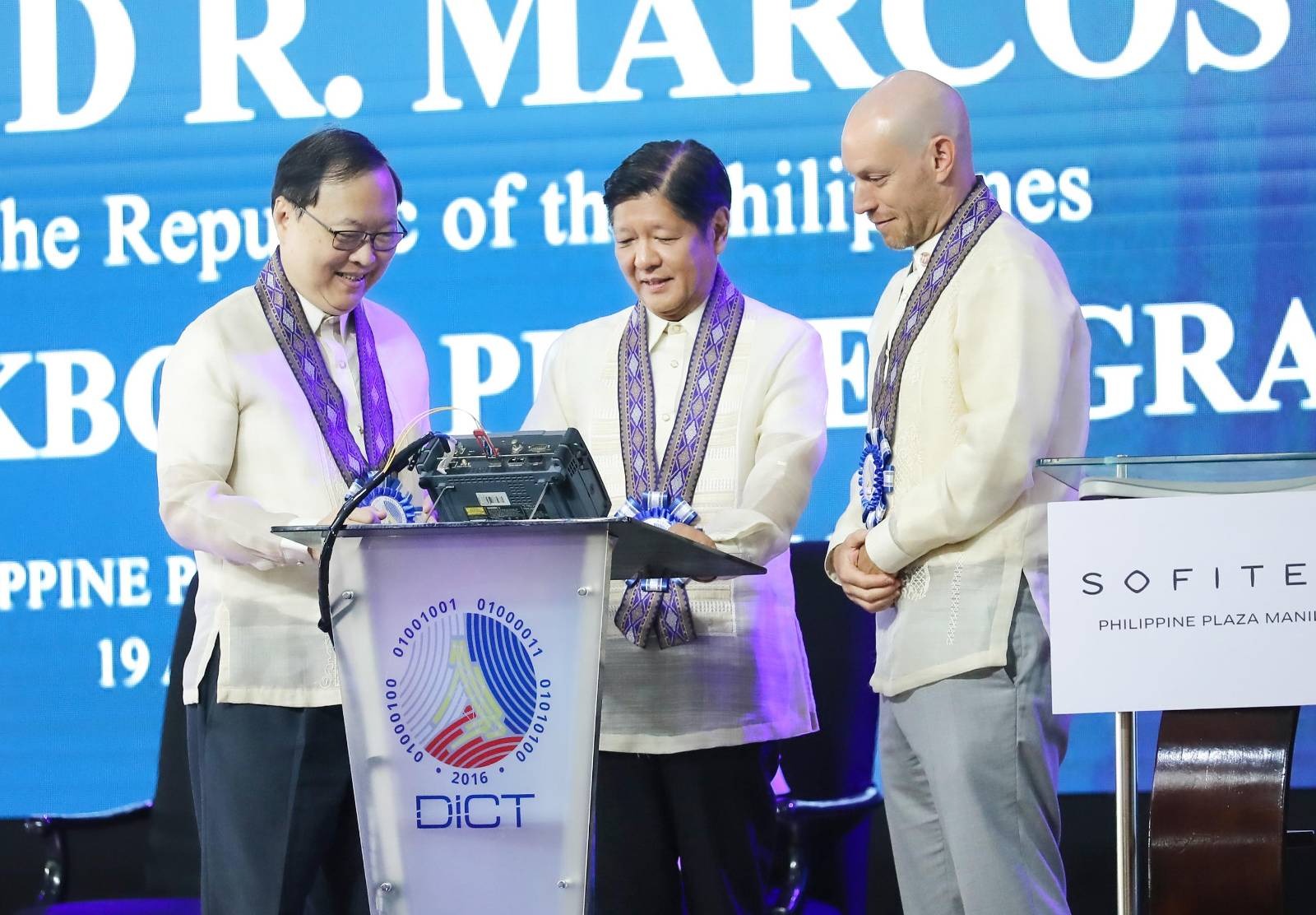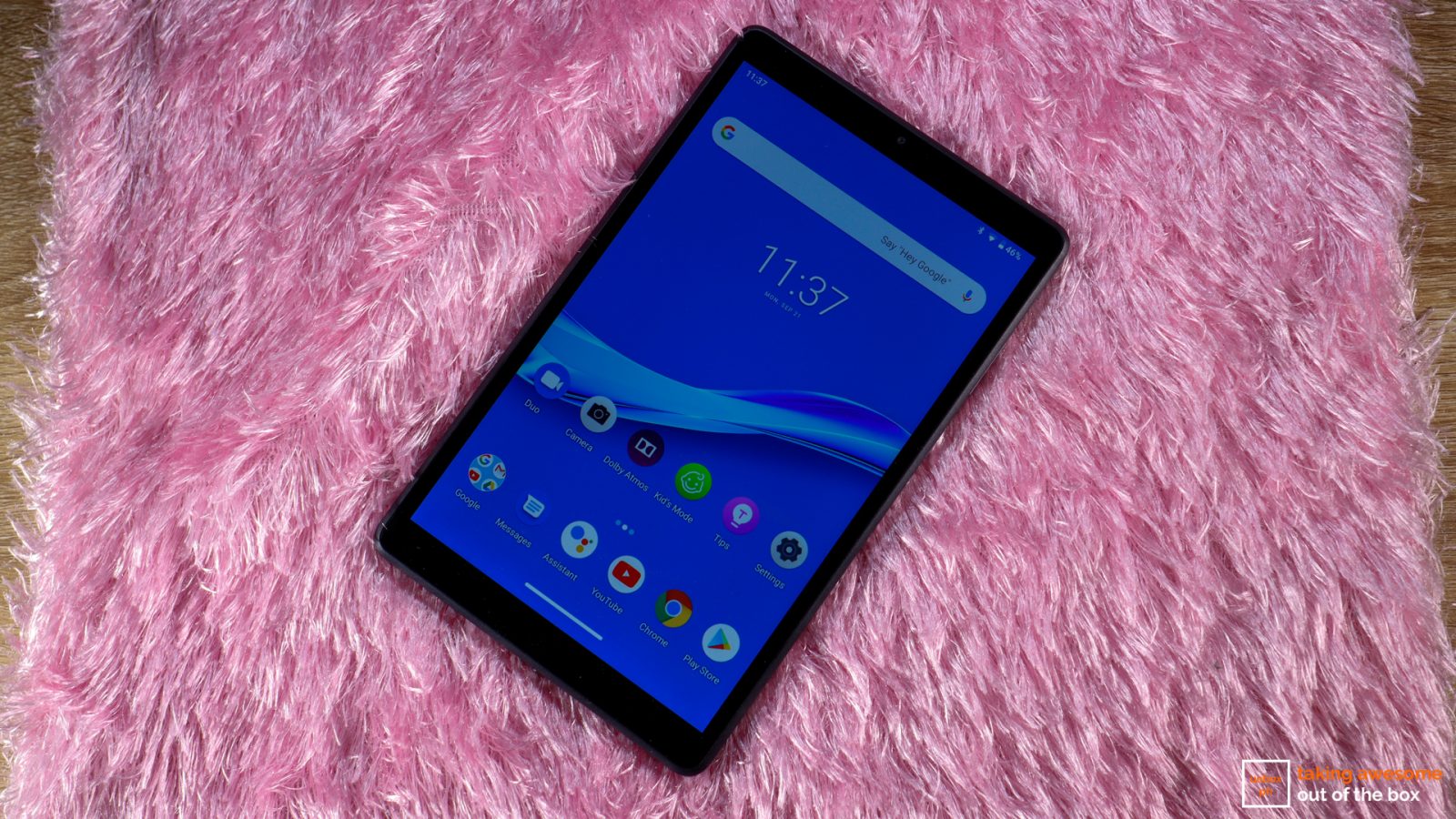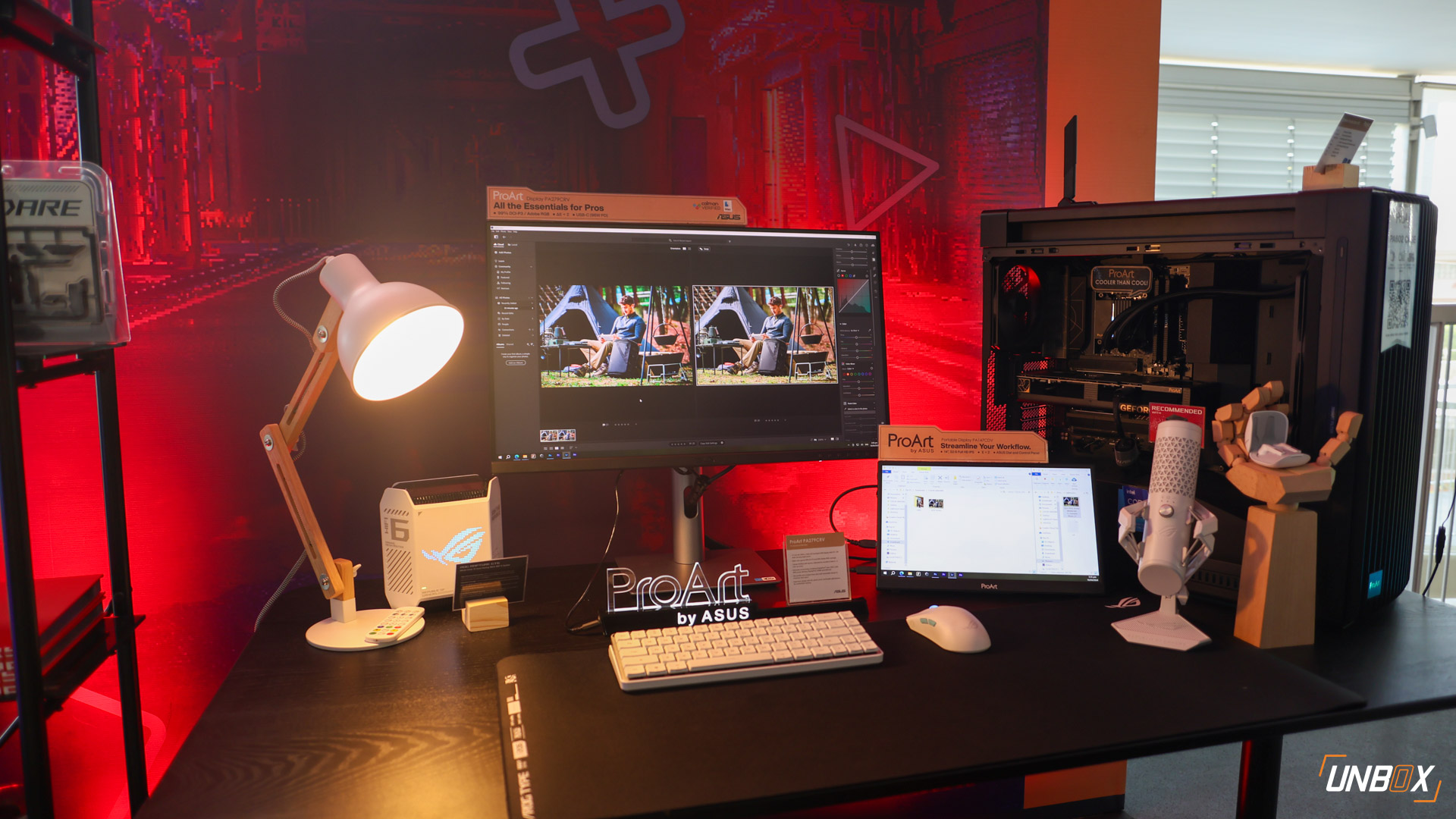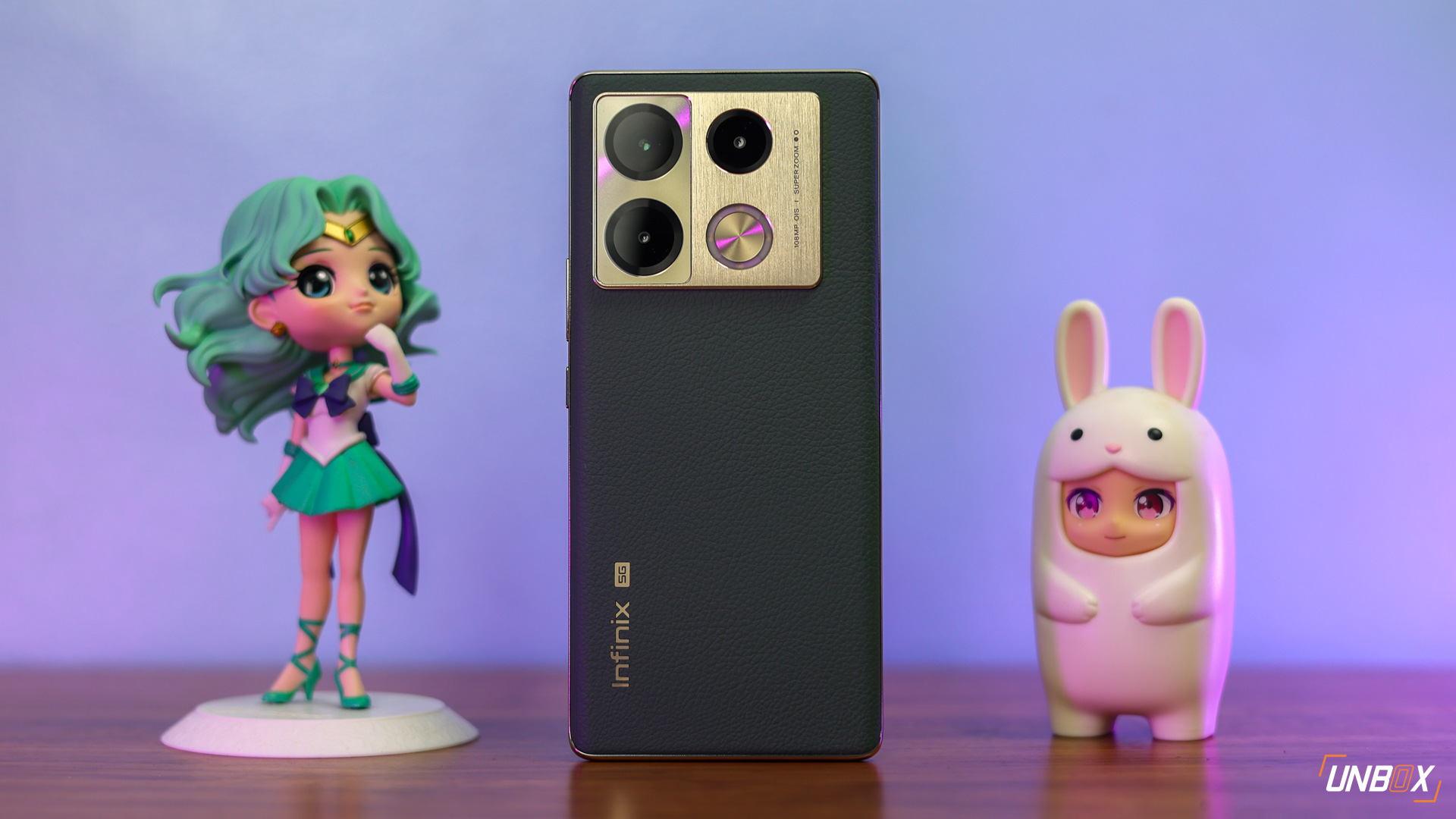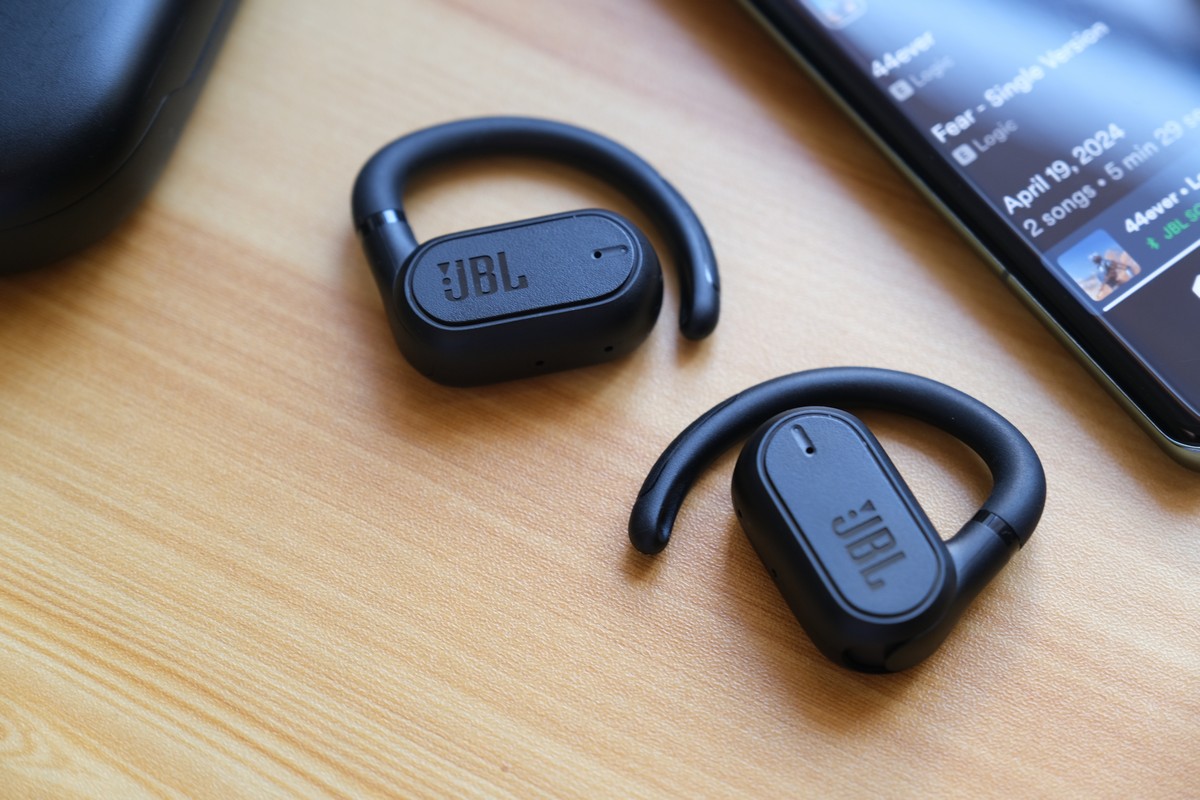 A groundbreaking innovation or simply a fancy gimmick?
A groundbreaking innovation or simply a fancy gimmick?
When Huawei and Honor announced that they will be updating select Huawei and Honor phones with GPU Turbo, everyone got excited. What makes this software-enhancing tech worth noticing is that it makes tweaks to the core level of the CPU and GPU for better performance in games.
GPU Turbo is a software-based enhancer that optimizes CPU and GPU usage for certain apps. Through tweaks at the core level, GPU turbo promises as much as 60% increase in GPU efficiency.
Is GPU Turbo nothing more than a gimmick? Well, we tried the tech ourselves using the recently-announced Honor Play. Being one of the few Huawei and Honor phones to sport GPU Turbo out of the box, we did a performance comparison of the Honor Play with the P20 Pro—Huawei’s flagship phone. Both have the same Kirin 970 processor, though the Honor Play comes with 4GB RAM as opposed to the 6GB RAM of the P20 Pro.
For our tests, we ran PUBG Mobile at the highest settings (That’s Ultra FPS settings and HDR graphics settings for those not familiar) and Mobile Legends: Bang Bang with high frame rate enabled. We compared the GPU Turbo enabled Honor Play with a non-GPU Turbo enabled P20 Pro.
Starting off with PUBG Mobile, we chose the classic squad mode using the Erangel map. Here are the results we obtained using Gamebench:
 P20 Pro (no GPU Turbo)
P20 Pro (no GPU Turbo)
 Honor Play (with GPU Turbo)
Honor Play (with GPU Turbo)
Going into the data presented, there’s a noticeable difference in the average FPS for both the Honor Play and P20 Pro. Even if the Honor Play has 2GB less RAM, it managed to have a higher average FPS rate at 40FPS compared to 28FPS on the P20 Pro.
Looking deeper into the data, the Honor Play managed to sustain the 40FPS average throughout the whole game, while the P20 Pro experienced throttling at some parts of the game.
In terms of power management, both phones were warm to the touch. However, the Honor Play managed to complete a full PUBG run without being asked to lower the graphics settings.
Here are the results we have obtained for Mobile Legends: Bang Bang with a regular 5v5 match:
 P20 Pro (without GPU Turbo)
P20 Pro (without GPU Turbo)
 Honor Play (with GPU Turbo)
Honor Play (with GPU Turbo)
Just like with the data obtained from PUBG Mobile, the Honor Play manages to stay within the maximum FPS of 60 almost all throughout the game. The P20 Pro, on the other hand, managed an average FPS of 54, though it scored lower in FPS Stability. Since Mobile Legends is not as demanding as PUBG Mobile, both phones kept their temperatures stable.
What is our conclusion about GPU Turbo? It is certainly effective for its purpose, and it does help keep temperatures at bay even on higher loads. Don’t be confused by thinking that GPU Turbo increases frame rates on both games: What it actually does is it optimizes the GPU’s resource allocation in order to give you a better and more stable gameplay. Since the gameplay elements of PUBG Mobile and Mobile Legends: Bang Bang are predictable, this gives the GPU a rough idea on what resources to use; hence, the improved gameplay.
While GPU Turbo is a clever innovation, it is still in its infancy, as only two games (and the EMUI camera app) can take advantage of it. Case in point: We tried running Asphalt 9 (which is capped at 30FPS even on high graphics settings) on both phones, and there’s barely any difference in terms of gaming performance.
Nonetheless, Huawei and Honor’s end goal for GPU Turbo is to fully optimize the whole EMUI ecosystem. Should they succeed in implementing GPU Turbo (and possibly CPU Turbo) on all its Kirin-powered devices, this can certainly change how Android phones optimize their software to match the efficiency of Apple’s iOS ecosystem.


